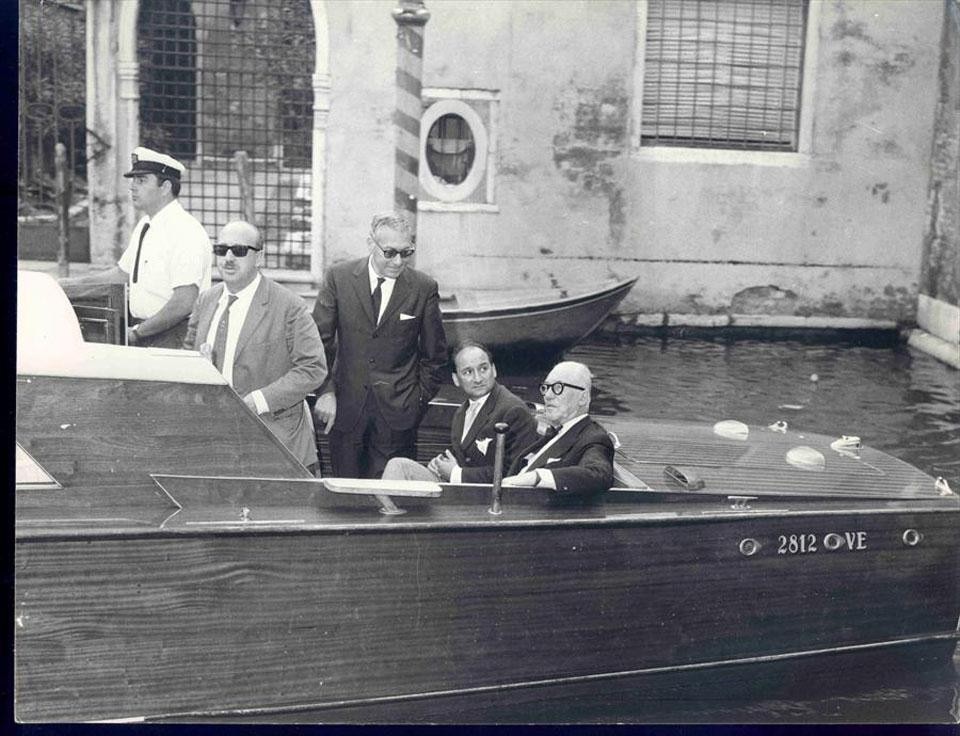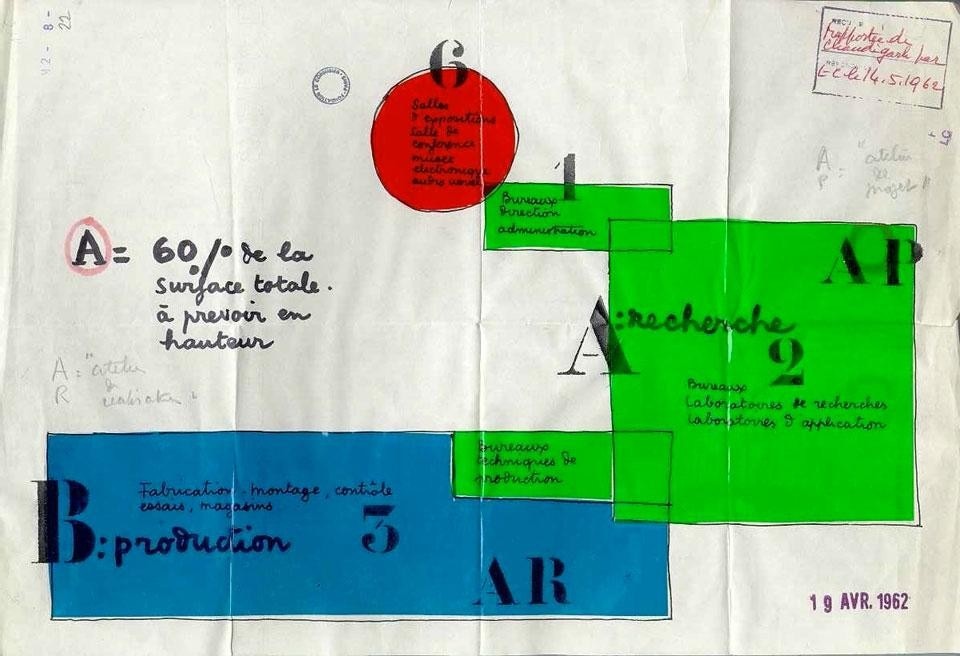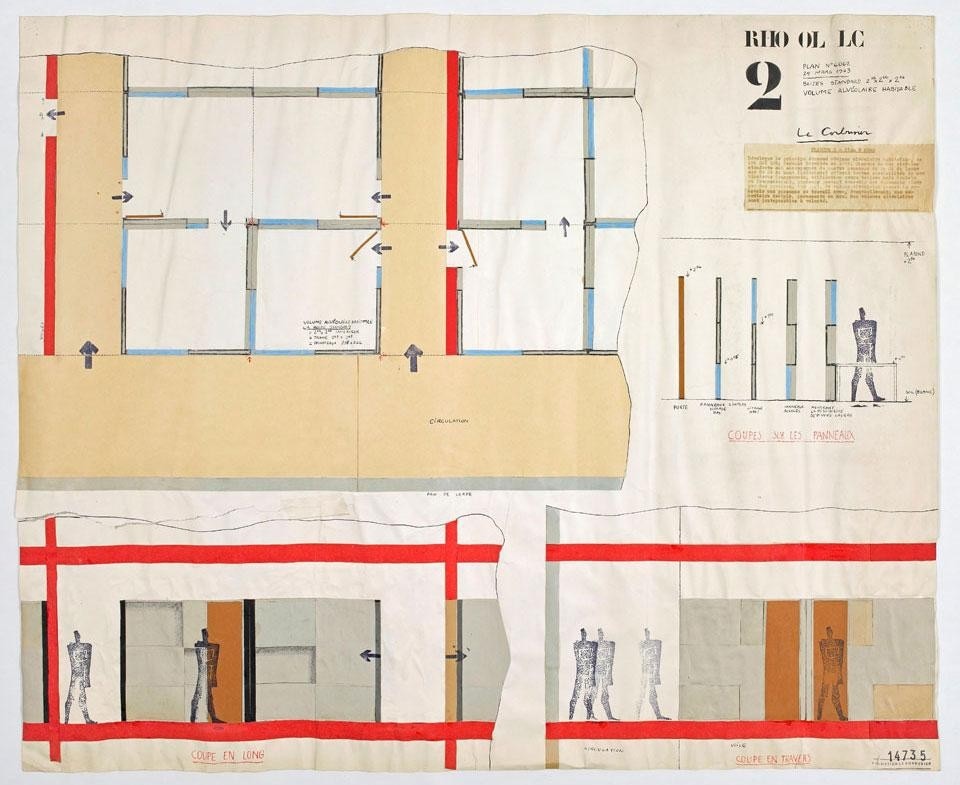Le Corbusier, one of the undisputed Masters of 20th-century architecture and the past focus of a myriad essays, books and monographic exhibitions, is currently the subject of further important exhibitions that explore lesser-known aspects or particular moments. This is true of the recent Le Corbusier and Jean Genet in the Raval exhibition at the Museu d'Art Contemporani de Barcelona, and the Jean-Louis Cohen-curated Le Corbusier. The Secrets of Creativity between Painting and Architecture, still on display at the Puškin Museum in Moscow.
![Top and above: <em>L’Italia di Le Corbusier</em> ["Le Corbusier's Italy"], installation view at the MAXXI, Rome. Photos by Flaminia Nobili Top and above: <em>L’Italia di Le Corbusier</em> ["Le Corbusier's Italy"], installation view at the MAXXI, Rome. Photos by Flaminia Nobili](/content/dam/domusweb/en/architecture/2012/12/11/le-corbusier-s-italy/big_402152_6166_02_LECORBUSIER_fotoFlaminiaNobili_51B1.jpg.foto.rmedium.jpg)
![<em>L’Italia di Le Corbusier</em> ["Le Corbusier's Italy"], installation detail at the MAXXI, Rome. Photo by Flaminia Nobili <em>L’Italia di Le Corbusier</em> ["Le Corbusier's Italy"], installation detail at the MAXXI, Rome. Photo by Flaminia Nobili](/content/dam/domusweb/en/architecture/2012/12/11/le-corbusier-s-italy/big_402152_6644_03_FotoFlaminiaNobili1.jpg.foto.rmedium.jpg)
Le Corbusier visited Italy sixteen times between 1907 and his death. During this time, the architect's infatuation with the country was taken over by more concrete design interests

![<em>L’Italia di Le Corbusier</em> ["Le Corbusier's Italy"], installation view at the MAXXI, Rome. Photo by Flaminia Nobili <em>L’Italia di Le Corbusier</em> ["Le Corbusier's Italy"], installation view at the MAXXI, Rome. Photo by Flaminia Nobili](/content/dam/domusweb/en/architecture/2012/12/11/le-corbusier-s-italy/big_402152_2278_05_LECORBUSIER_fotoFlaminiaNobili_311.jpg.foto.rmedium.jpg)

L'Italia di Le Corbusier
MAXXI – National Museum of 21st-Century Arts
Rome

![<em>L’Italia di Le Corbusier</em> ["Le Corbusier's Italy"], installation detail at the MAXXI, Rome. Photo by Flaminia Nobili <em>L’Italia di Le Corbusier</em> ["Le Corbusier's Italy"], installation detail at the MAXXI, Rome. Photo by Flaminia Nobili](/content/dam/domusweb/en/architecture/2012/12/11/le-corbusier-s-italy/big_402152_8229_08_LECORBUSIER_fotoFlaminiaNobili-341.jpg.foto.rmedium.jpg)


